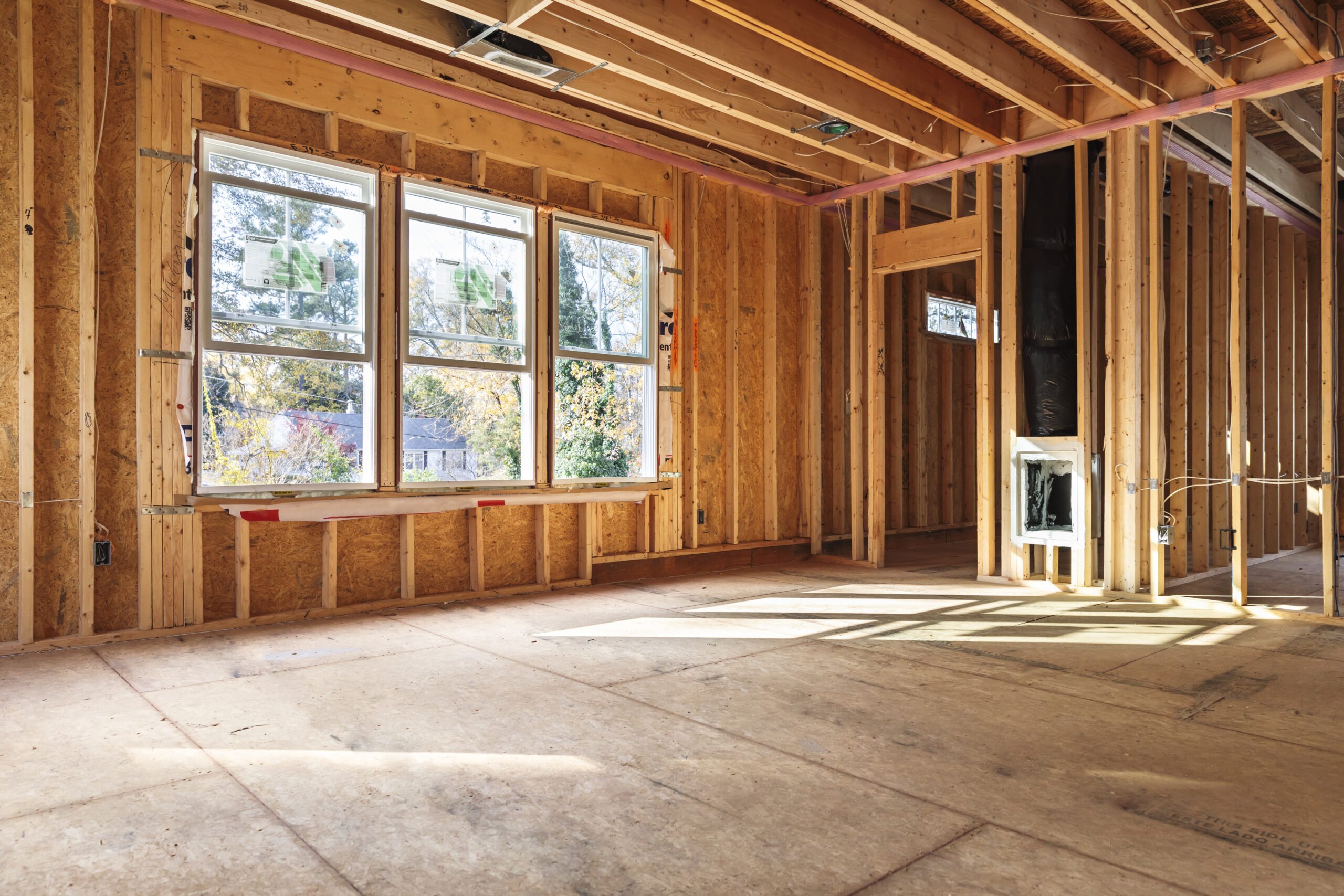
An update and overview of flame retardant treatments for timber and wood-based products is based on over 110 referenced publications. The significance of wood as a performance, sustainable and aesthetic building material is underlined, but noting that use can be restricted by fire safety concerns. The combustion process of wood is summarised: in the first phase, residual water is evaporated and then low energy is needed to reach 150°C where release of combustible degradation products starts, leading to flame formation. Combustion of volatiles reaches around 800°C and finally exothermic annealing of carbon occurs (hardening due to heating and cooling). Flame retardants act in one or a combination of four ways: modifying pyrolysis (in particular, enhancing the pyrolysis of cellulose to char), isolating the surface layer, changing the wood thermal properties, diluting pyrolysis gases. The authors present different types of flame retardants, noting that there is little new research into halogen-based systems, because of global concerns about impacts on health. PIN FRs used on wood include: phosphorus-based, the main FR solution for wood, generating low toxic gases and smoke; inorganic salts (hydroxides, phosphates, carbonates, sulfates) which are “environmentally friendly” and reduce smoke release, but pose challenges of water solubility; boron compounds, usually used with other FRs and offering the advantage of also providing fungus and insect protection; nitrogen FRs, such as melamine compounds and ammonia salts, and nitrogen-phosphorus compounds; silicon compounds and nanocomposites including minerals and clays; and PIN intumescent coatings. Innovations cited include polymers including phosphorus and or silicon, which can cross-link into the wood fibres, ensuring a non-leaching, durable FR treatment. Chemical modification of the wood to increase strength can also decrease flammability, e.g. using phenols or acetylate, possibly combined with phosphorus or melamine PIN FRs.
“Treatments and modification to improve the reaction to fire of wood and wood-based products – An overview”, C-M. Popescu, Fire and Materials. 2019;1–12 https://doi.org/10.1002/fam.2779